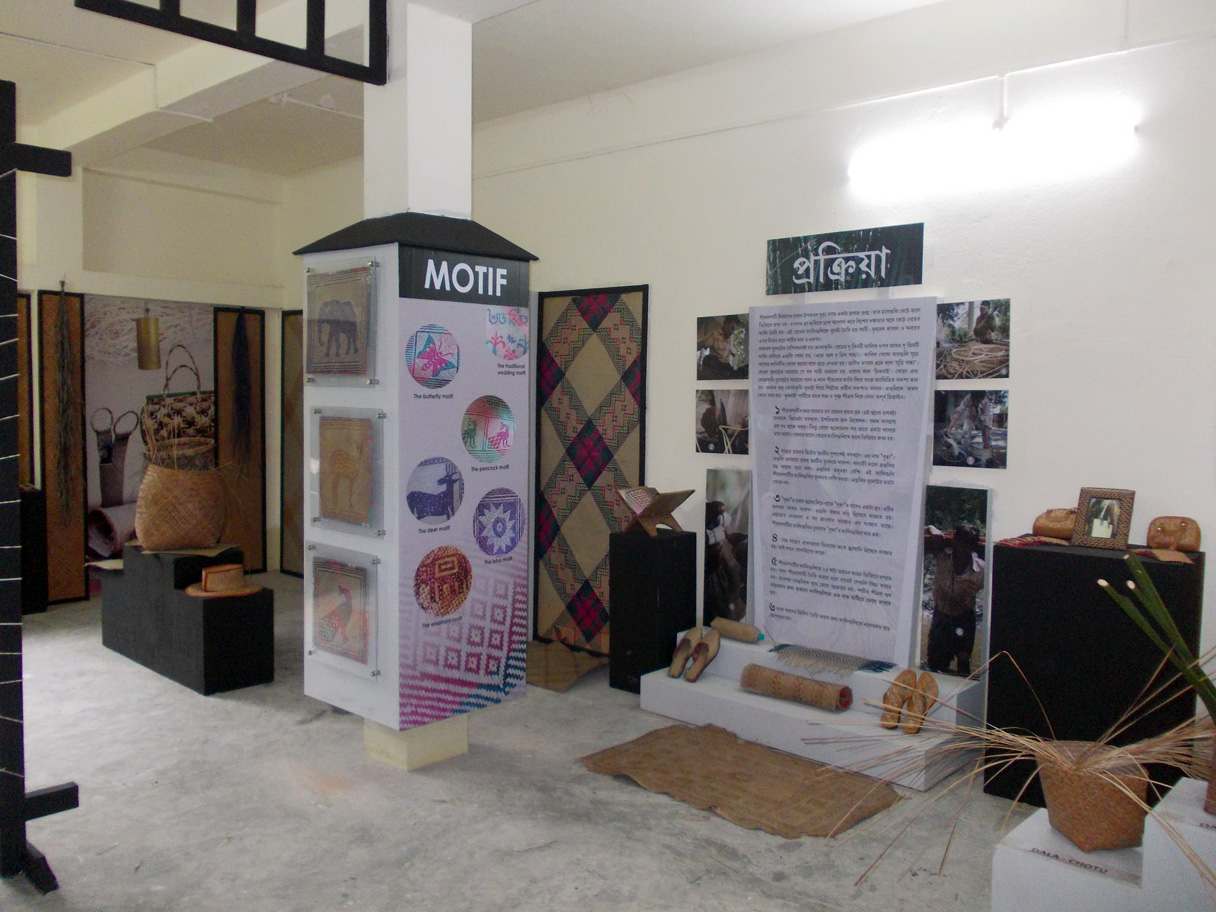
Cooch Behar, once ruled by the Koch dynasty, is the abode of Sitalpati (Cool Mats) weavers. Around 528 artisans are continuing the tradition.
Mat making involves slicing, weaving and processing cane. A simple natural colour variation of brown and white along with the weavers’ creative patterns bring about the most intricately simple yet unique designs.
Government of West Bengal's Department of Micro, Small and Medium Enterprises & Textiles, in association with UNESCO, has developed a Rural Craft Hub at Ghughumari. The Folk Art Centre in Ghughumari has a designed space dedicated to showcase the different aspects of this rich tradition to the visitors. The centre also has workshop space and accommodation facility for guests.
One can witness the diverse lifestyles of the royal family, Rajbangshis and indigenous communities. Ghughumari is just 20 min from Cooch Behar town so visitors may also enjoy tours of the Royal Palace, the magnificent Madan Mohan temple, the nearby Chilapata forest and the rivers.Know More »

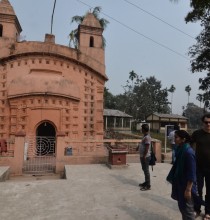
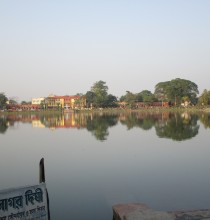
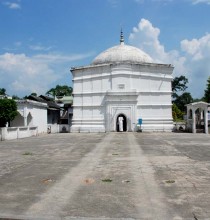
The Folk Art Centre has well-furnished guest rooms with all basic amenities. One can also stay at the hotels in Cooch Behar town.
The two-storied Folk Art Centre has a designed space to showcase the craftsmanship of the artists. The mission of the Folk Art Centre is to document the traditional heritage that includes process of production, source materials, social significance and present it to the visitors in a interpretive way.
The center also shares the story of the artist community and display the traditional as well as diversified products made by them. Visitors can collect craft of their choice from the sales outlet and take with them as a souvenir.

Sitalpati is the most distinguished traditional craft of Cooch Behar with about 14,000 weaving families in and around Ghugumari. Most of these families migrated from Tangail, Mymensingh, Pabna, Sirajgunje and Bikrampur areas of present day Bangladesh and settled in this region during the partition of Bengal.
Ghughumari is synonymous with 'Sital-Pati' or 'cool-mat. Woven from the green cane slips, Maranta Dichotoma or 'Muthra Reed', they are extremely comfortable and smooth. Men grow and extract the fibre while the women weave. The quality of the Sitalpati mat is judged by its glossiness, smoothness and fineness of texture. Mukta (pearl) is the common name as the fruits of the plant resemble pearls. According to local lore Lord Krishna wanted Radha to gift him pearls which Radha denied at prompting Krishna to sow a certain plant which grew instantly and bore seeds that resembled pearls.
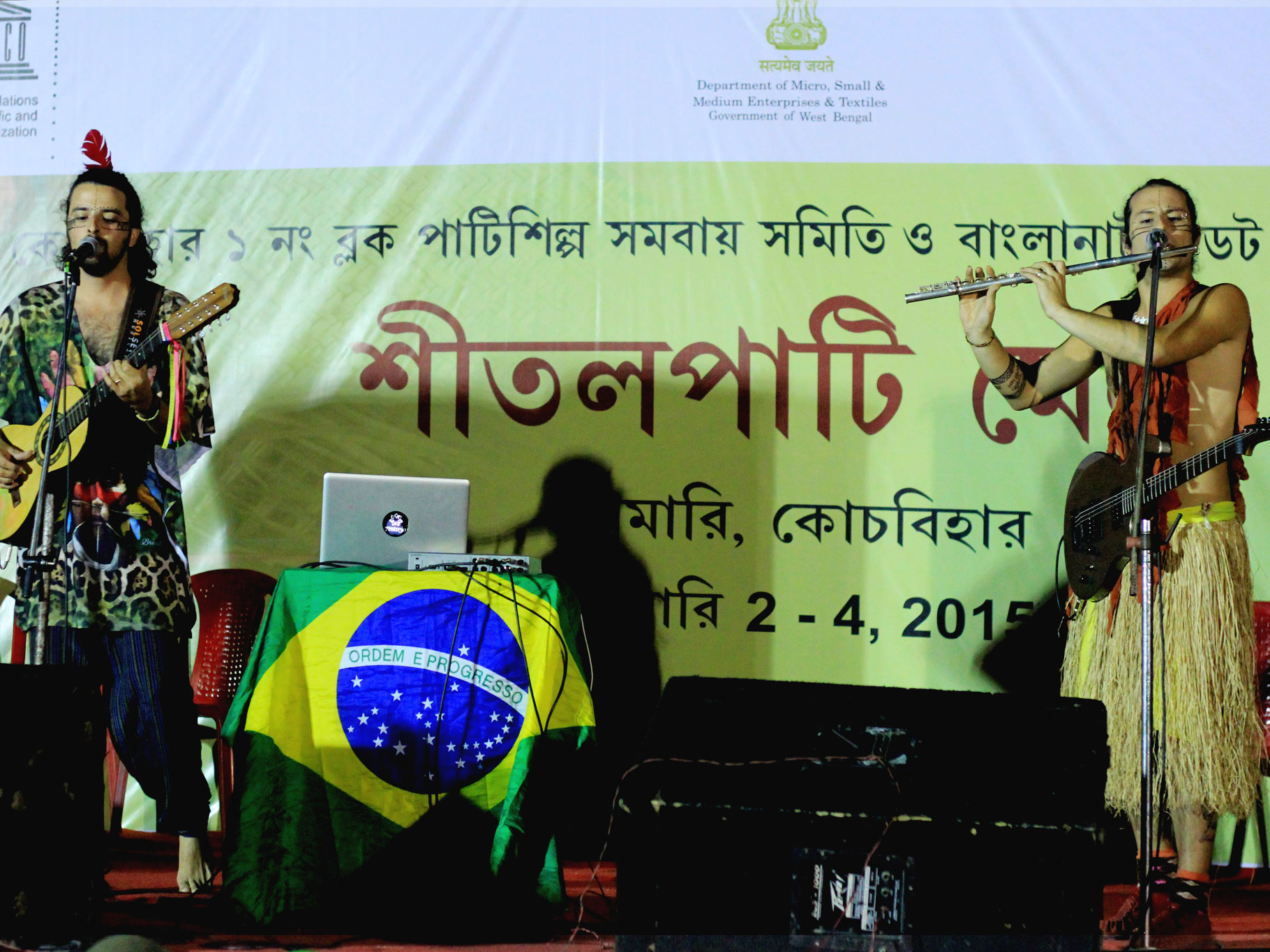
The Sitalpati Mela organized by the local artists celebrate the tradition of natural weaving with local people and the visitors.